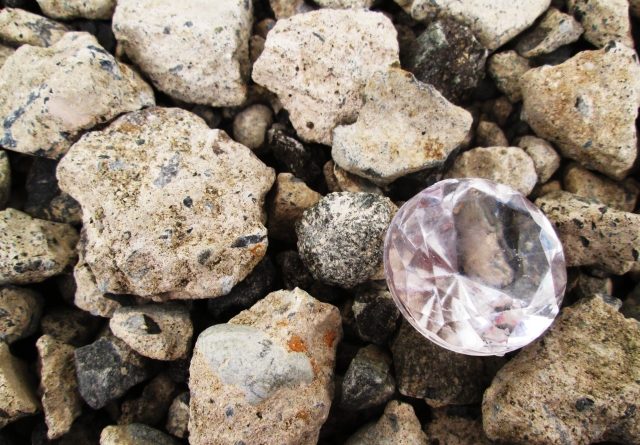Gyokuseki Konkō (玉石混淆 – Mixture of Wheat and Chaff)
Gyokuseki Konkō
玉石混淆
A state that superior things and inferior things are mixed is described as gyokuseki konkō (玉石混淆).
優れたものと劣ったものが入り混じっている状態のことを、「玉石混淆」と言います。
Gyoku (玉) means “jewel” or “genuine one,” and seki (石) means “stone” or “fake.”
「玉」は「宝石」や「本物」、「石」は文字どおり「石」や「偽物」を意味します。
In addition, konkō (混淆/混交) means that different things are mixed.
そして「混淆/混交」は、異なるものが入り混じることを意味します。
That is to say, gyokuseki konkō literally means a state that “genuine and fake things,” “superior and inferior things,” or “worth and worthless things” are mixed.
すなわち「玉石混淆」は、文字どおり「本物と偽物」「優れたものと劣ったもの」「価値の高いものと低いもの」が入れ混じった状態を意味するわけです。
This four-character idiom comes from the Chinese book “Baopuzi,” which was written by Ge Hong in around 300 AD.
この四字熟語は、西暦300年頃に中国、東普の葛洪(かっこう)が執筆したとされる書物「抱朴子」に由来します。




